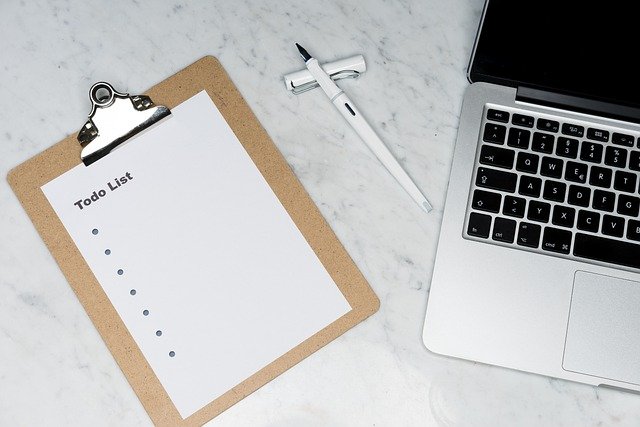Creating visual and physical boundary cues to limit distractions in shared spaces
Shared living environments can make focused work difficult for people telecommuting. Simple visual or physical boundary cues help create a recognizable workspace, signaling to others and your own routine when to minimize interruptions. These cues can be low-cost and adapted to different room layouts and schedules.

Shared home spaces present a consistent challenge when telecommuting: the physical environment often overlaps with daily life, increasing distractions and fragmenting attention. Establishing clear visual and physical boundary cues helps define a workspace for both household members and the worker’s own habits. These cues—ranging from a dedicated desk setup to temporary room dividers—support wellbeing and productivity by creating predictable signals that reduce interruptions and reinforce focused work routines.
How can ergonomics improve focus?
Ergonomics is more than comfort; it shapes how sustainable and distraction-resistant a workspace is. A thoughtfully arranged chair, desk height, and monitor placement reduce fidgeting and physical discomfort that pull attention away from tasks. Use accessories like a keyboard tray, monitor riser, or footrest to align posture and minimize the need to shift position frequently. When the body is supported, cognitive load drops and concentration windows lengthen, improving overall productivity while telecommuting.
How to set up your workstation for fewer distractions?
A clear workstation boundary starts with a defined location: a small desk or table positioned against a wall or in a corner is often easiest to mark visually. Place a rug, a specific chair, and a laptop stand to create a distinct zone. Organize cables and maintain reliable connectivity by routing wires and using a dedicated power strip. Visual signals such as a desktop lamp on or a small sign can indicate “do not disturb” to others in the home, helping protect blocks of focused time.
What lighting adjustments reduce visual disruptions?
Lighting affects alertness and the ease of visual tasks. Position your workstation so natural light falls beside or in front of you to avoid glare, and use layered lighting—ambient plus task lighting—to reduce eye strain. Adjustable desk lamps are effective accessories for directing light on work materials without illuminating the whole room, which can act as a visual cue that work is in progress. Consistent lighting routines can also cue the brain into work mode and support better posture and focus.
How can posture and accessories support concentration?
Maintaining good posture reduces the physical distractions of soreness or fatigue. Choose a chair that supports the lower back and encourage upright alignment through monitor height and keyboard placement. Accessories such as lumbar cushions, monitor arms, and wrist supports help maintain ergonomic alignment for longer periods. When posture is stable, the mind can remain on work rather than shifting attention to discomfort. These physical supports also signal a formal workspace, reinforcing the boundary between work and household routines.
How do acoustics and organization limit interruptions?
Acoustics play a key role in perceived privacy. Soft furnishings, curtains, and rugs absorb sound and reduce the impression of an open, noisy area. Portable acoustic panels or a bookcase placed strategically can act as physical and visual barriers that muffle household noise. Pair these with simple organization—clear storage for supplies, labeled bins, and a maintained desktop—to reduce visual clutter that invites distraction. Together, acoustic treatments and organization send consistent signals that the space is dedicated to work.
How can scheduling and connectivity maintain productivity?
Boundary cues work best when combined with predictable routines. Share a visible schedule or calendar with household members so they know when focused work or calls are planned. Reliable connectivity—strong Wi‑Fi, a dedicated hotspot, or quality cables—reduces technical interruptions that often break concentration. Time-blocking and brief buffer periods around meetings create intentional start and stop points, and an agreed-upon visual cue (headphones on, lamp on, or a closed door) reinforces those periods. These practices support wellbeing by protecting restorative breaks and concentrating effort in focused windows.
This article is for informational purposes only and should not be considered medical advice. Please consult a qualified healthcare professional for personalized guidance and treatment.
Conclusion Visual and physical boundary cues are practical ways to limit distractions in shared spaces while telecommuting. By combining ergonomic workstation design, deliberate lighting, acoustic adjustments, organized surroundings, and clear scheduling signals, households can create predictable environments that support focus and wellbeing. Small, consistent cues provide both social and cognitive signals that make it easier to protect concentrated work time without drastic renovations.





